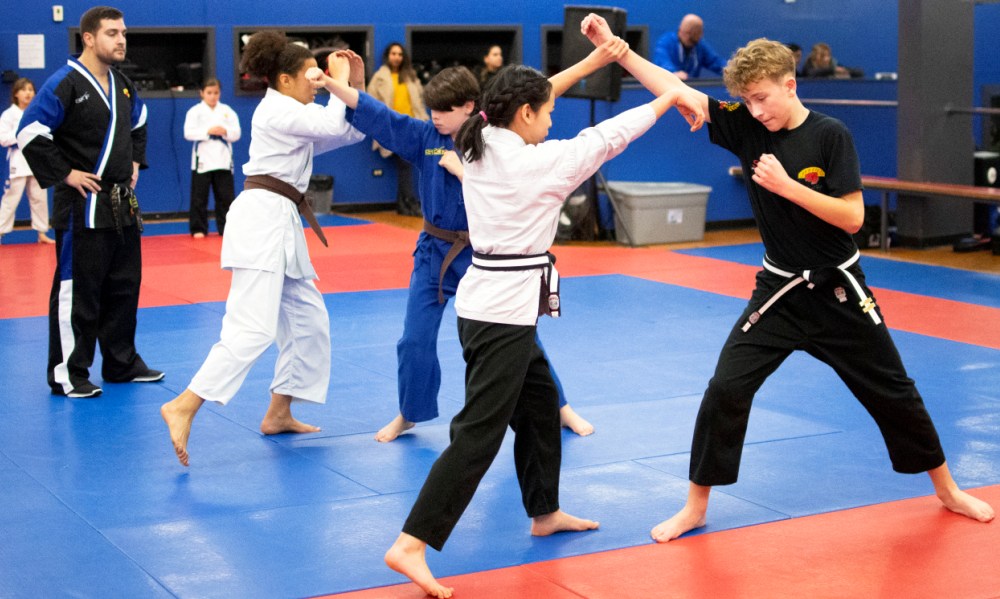The Gracie Family is one of the most respected families in martial arts. They are known for their healthy diet, especially in Brazilian Jiu-Jitsu. The Gracies, unlike other martial arts families, completely avoid soda and sugar. They limit their carb intake to allow them to train with flexible, strong bodies. The Gracie family also recommends avoiding foods high in sugar, as well as limiting carbohydrate intake. Bruce Lee is another well-known martial artist who is known for his flexible physique.
Bruce Lee’s diet plan for martial arts
Bruce Lee’s diet plan for martial arts reveals a key detail: he ate small meals between larger meals. Bruce Lee also didn’t drink alcohol and didn’t overeat. Bruce Lee did not adhere to a diet plan and instead recommended eating small meals throughout the day. Because he was so focused and focused on his training it’s impossible that he did not eat junk food or drink alcohol.
The famous martial artist also ate small amounts of food throughout the day. He didn’t shy away from organ meats. He also ate tofu, but not the kind you would find on an American diet. His favorite tofu joint is located in Sham Shui Po. The martial artist preferred smaller meals throughout his day and avoided refined carbohydrates and alcohol.
Lee was a strong believer in healthy eating and weight training. Lee included a morning jog into his workouts. While he was mostly focused on endurance exercises and strength training, he also included running in his routine. He would do two workouts per week, one on Tuesday and the other on Thursday. He would run 4 mlb in twenty-to-twenty minute and jump rope for 30 min on Mondays. He would complete his workout on Tuesdays and Thursdays by riding an Exercycle at high speed for 45 minutes.
Gracie diet
The diet plan of Brazilian jiu-jitsu masters is famous worldwide. Carlos Gracie started the Gracie Family’s strict diet. Many elite martial artists have followed it, including Frankie Edgar, Matt Serra, Ricardo Almeida and Matt Serra, MMA champions. This diet plan focuses on healthy chemical reactions between food and water. This plan can be made vegan with vegetables, fruit, and even nuts.
To assess your nutritional status, the baseline survey required for the Gracie diet plan. The survey measures how your body reacts to various types of food, allowing you to know which changes are most beneficial. The plan provides a step-by, gradual plan. You can start by fasting once a week until you reach the plateau. It is important to make the transition smoothly.
The Gracie Diet is a combination of a variety foods and rules that can be used to create your daily meals. These foods should be balanced to help the body maintain a neutral pH level. In addition, you should avoid eating too much of anything. Gracie believes it is important to avoid eating junk food. Eat lots of fresh fruits and vegetables while avoiding processed food. Once you are familiar with the Gracie Diet, you will be amazed how much better it makes you feel.
Okinawan warrior monk diet
The Okinawan warrior monk diet plan emphasizes vegetables, seaweed, fish, and legumes, as well as a limited amount of red meat. It also restricts grains and refined sugars and is difficult to follow for the long term. The Okinawan diet focuses on a variety herbs and spices. Seaweed is a popular staple because of its high nutritional value and ability to be used in salads or noodles.
Although the Okinawan diet is primarily low-calorie, it may be difficult to maintain the USDA’s daily recommended allowances. The Okinawan warrior monk’s diet follows some USDA guidelines. The diet includes dark leafy greens, sweet potatoes and seaweed as well as omega-3 fatty acid. You should also be aware of saturated fats, which can increase inflammation.
The Okinawan Diet is based on traditional Okinawan centenarian food. It doesn’t include refined sweets and added sugars. Instead, it uses soy which is a plant-based protein with health-promoting properties. The Okinawan war monk diet is also free from pork, dairy, and alcohol. You can find out more information about the Okinawan war monk diet by consulting a dietitian.
